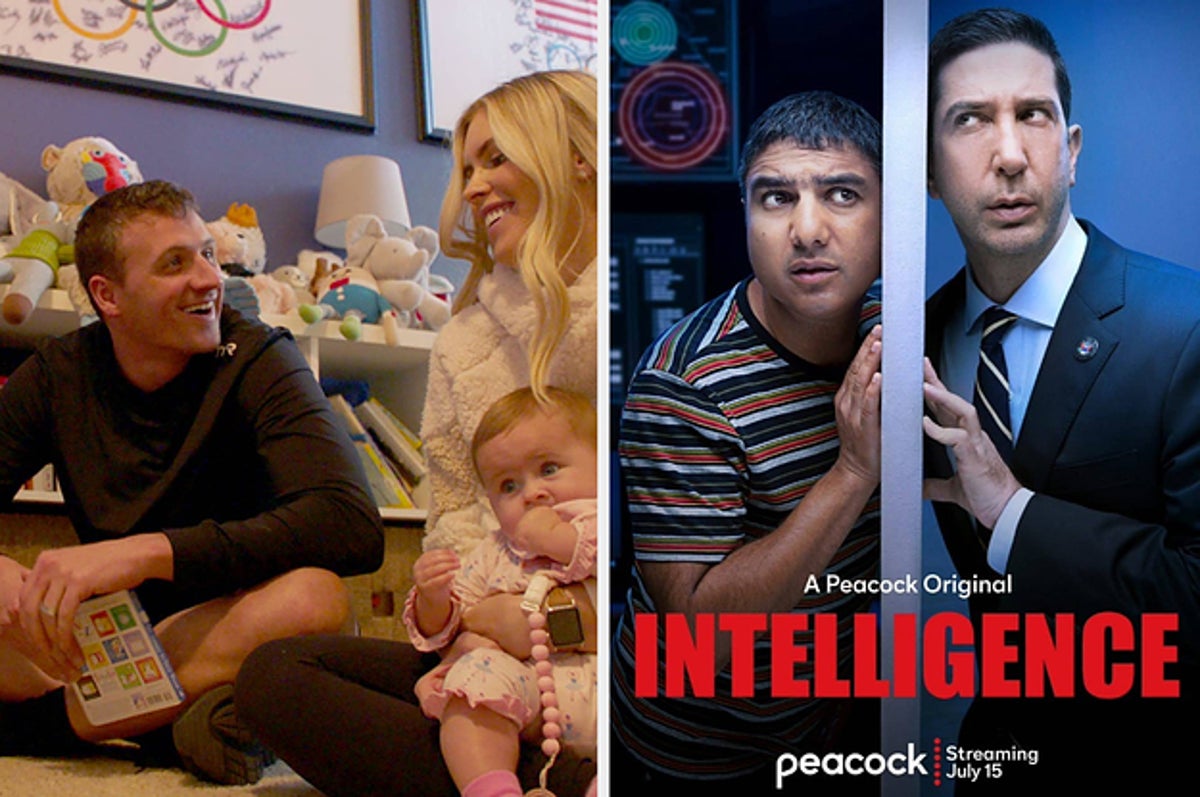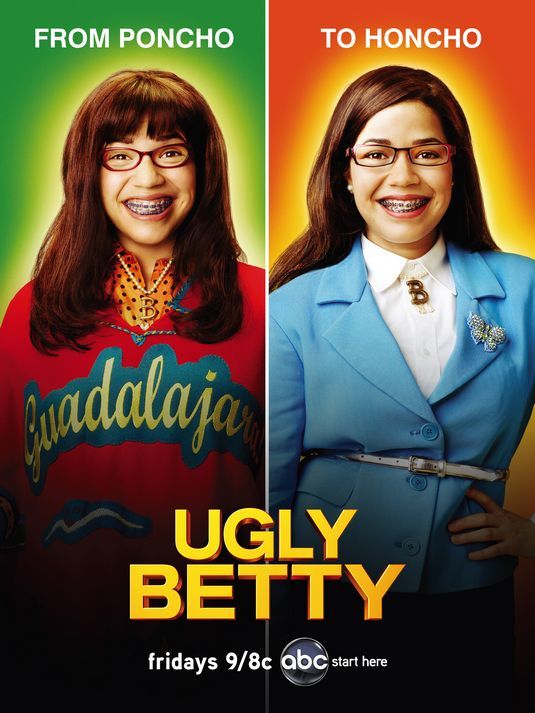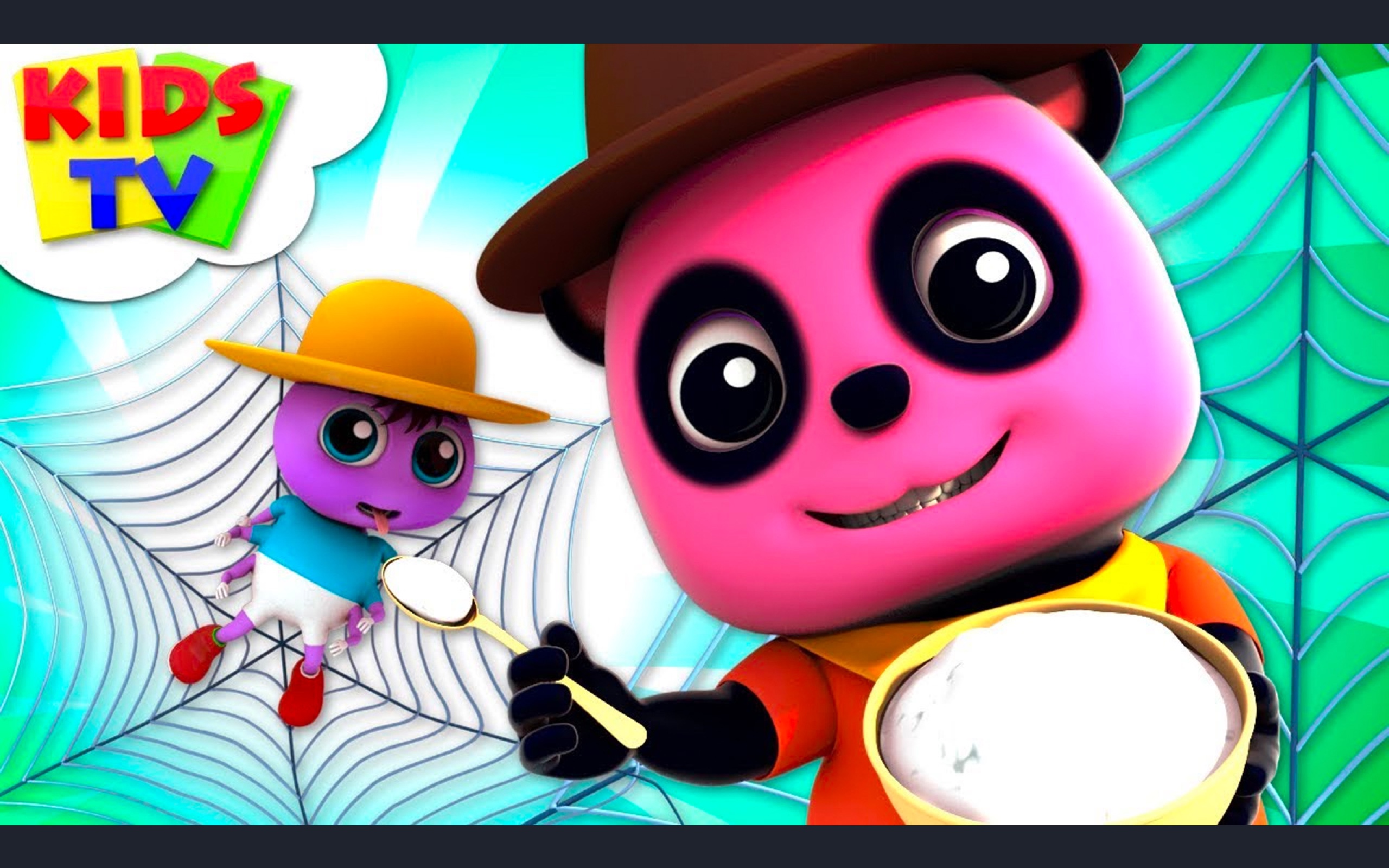
If you miss the television series of the 2000s, there are a few good options to catch up on. Many of these series have been revived in recent years through reboots or streaming services. Popular shows like Survivor, Gossip Girl and Sex and the City continue to air. You can also catch up with popular shows like Grey's Anatomy or Survivor on TV.
"Charmed" is the epitome for early 2000s glamour.
"Charmed," the epitome 2000s glitz, is "Charmed". This show is filled with strong female characters, and it has a worldbuilding that's not often seen in television shows of the era. She is well-dressed from her trademark shimmery halter tops to the numerous hair extensions. Even though the show was cancelled following only eight seasons, fans continue to request a revival.

Phoebe Halliwell's style is the epitome of early 2000s glamour
In "Charmed," the lovable and sultry female character is obsessed with style. Halliwell oozes the glamour and style of the early 2000s. She wears halter tops, club outfits, and dramatic hairstyles. Halliwell's hair-makeovers are also a hallmark of her career. Her style is a perfect example of this decade's best.
Invader Zim
Invader Zim is an animated television series that debuted in 2001. The series follows the exploits of an alien, Zim, who invades Earth. Zim is an incompetent robot who barely survives elementary school, but he's joined by his sidekick, a paranormal investigator named Dib. The television audience will be entertained for many years by both Zim and Dib's adventures.
Danny Phantom
Nickelodeon may be trying to revive Danny Phantom, the character that starred in the 2000s animated series. Nickelodeon has already written a script for a live-action Danny Phantom episode. Hartman said that while he is still undecided about whether or not to revive the series, he revealed that the characters' powers were still a mystery. While fans may be disappointed, it is good to know that Nickelodeon is not playing around with the concept of bringing back the character.

SpongeBob's SquarePants
The zany yellow sea sponge SpongeBob SquarePants is the star of the popular children's television show. He lives in a tropical pineapple and works as a cook at Krusty Krabs. He is a contagious joy and has many other interests. Jellyfish and soap bubble blowing are some of his hobbies.
FAQ
Does TV affect sales?
Because TV allows customers to see the products available, it can affect sales.
Consumers often compare prices before buying something. Consumers often compare prices before buying a product.
TV is good for business.
Yes, TV is a good tool for business. It allows businesses to reach more people.
For example, when you sell your house, you put up signs all over town. You can also advertise in local newspapers such as the paper, the real property section, or the classifieds.
You can also advertise online via social media sites or websites like Facebook.
Television doesn't require you to put up signs or write articles.
Instead, you can just relax and let others do the rest.
You can achieve the best results possible with minimal investment in marketing campaigns.
Advertisers spend a lot on TV.
Advertisers spend a lot of money promoting their products on TV. They also spend large sums of money convincing consumers to buy their products.
This is done by investing money in research to discover what people love and don't like about their products.
These information are used by advertisers to design advertisements that will appeal to consumers.
What are the differences between commercials?
There are three types of commercials: TV Commercials (TV Commercials), Radio Commercials (Radio Commercials) and Print Ads.
TV commercials last about 30 seconds. They are used often to promote brand awareness.
Radio Commercials are longer (usually 1 minute), and they're usually used for product advertising.
Print ads are usually only 2-3 minutes long, and they're often targeted at specific audiences.
How Are TV Ads Delivered?
Most TV ads are delivered by cable, satellite, IPTV or over-the-air broadcast.
There are many different ways to deliver content to consumers today. However, there is still not enough diversity in how companies choose to distribute their advertising.
They all consider the same metrics when choosing which delivery method to use.
If your goal is to measure the effectiveness of an advertisement by its viewing time, then it's important to make sure people can access it on as many platforms possible.
If you're measuring ad effectiveness based on impressions, then you'll want to ensure that your advertisements are reaching as many eyeballs as possible.
Problem is, these methods don't always work together.
For instance, if you're delivering an advertisement on multiple platforms, but only one platform delivers high-quality video, then you may end up getting fewer views from that particular platform.
You may miss out on opportunities if your success is measured solely by how much time you spend on it.
What Is a TV Spot?
A TV spot (usually 30 seconds) is an advertisement that is shown between the programming segments of a television channel.
Many channels will air multiple TV spots daily. Each TV spot typically contains a single topic or theme and is often designed to promote a specific brand or company.
Television commercials can be used for more than just promoting products and services. They can also be used as a marketing tool to promote events, charities, and movies, as well.
Statistics
- Video-ad views on OTT (over-the-top) devices grew 63% year over year in Q3 2016, and the trend is expected to continue, further crippling traditional TV advertising. (clearcode.cc)
- Radio is extremely accessible – 95 percent of cars have radios, and 99 percent of homes have radios. (marketingevolution.com)
- 93 percent of American adults listen to the radio over the course of the week. (marketingevolution.com)
- With OTT ad revenue set to increase from 45% to 60% over the next decade, AdTech pioneers and early adopters of OTT advertising will reap its benefits in the near future. (clearcode.cc)
- This includes 97 percent of Gen X, and 95 percent of Millennials. (marketingevolution.com)
External Links
How To
How does the TV Advertising Industry work?
The TV advertising industry includes many companies that all need to collaborate to ensure that adverts are shown on television at the best time and place. Ads that are not offensive or relevant to viewers must also be considered.
The media buying company purchases the airtime from the networks. Then, they sell the airtime on to advertisers. This is how advertisers pay for airtime. You can either buy whole days or specific timeslots.
The media buying company then sends the ad to the network once the airtime has been purchased. The network shows the ad during the broadcast time.
If the viewer watches the ad, they may click on the link which takes them to the advertiser's website. The advertiser will pay the media buying company once again if they click on the link.
The process continues until the advertisement is completed. At the end of the ad break, the media buying company collects its money from the advertiser and passes it onto the network.
Advertising agencies create and send the ads to media buying firms. They manage the creative aspects of the campaign.
They also manage and coordinate the creative aspects of the campaign. They also manage the production process and work with clients to determine the budget.
They oversee all aspects of the campaign and keep track.